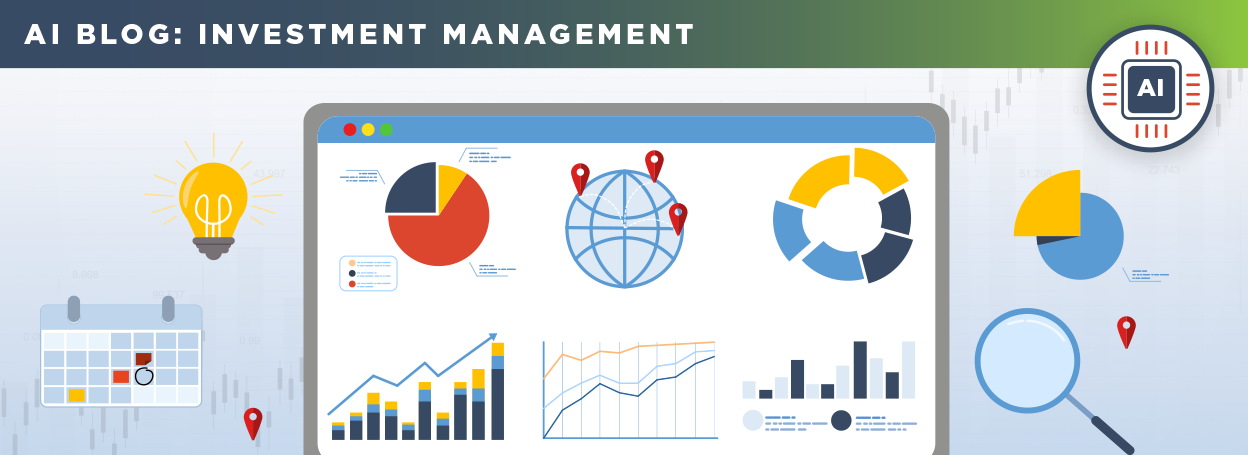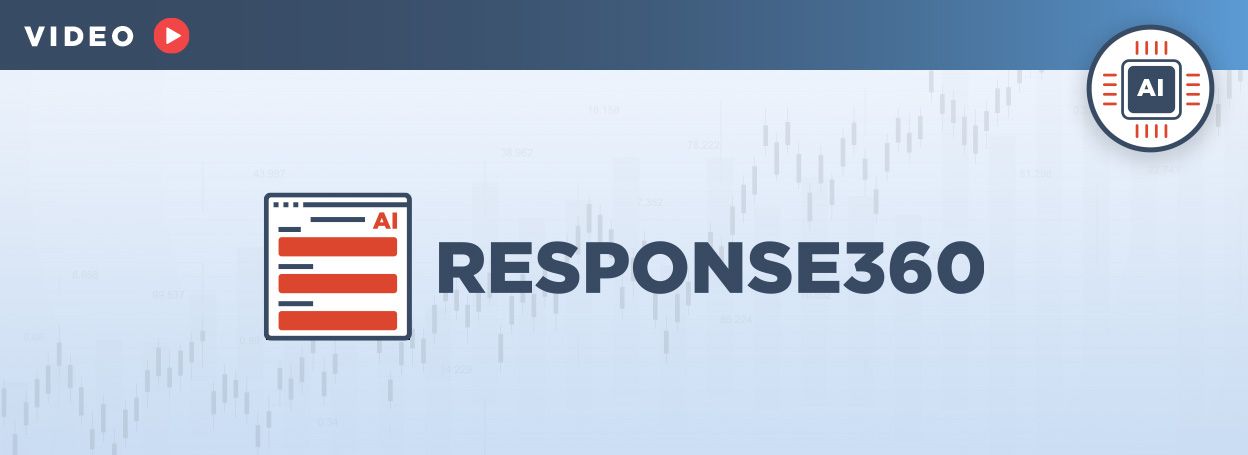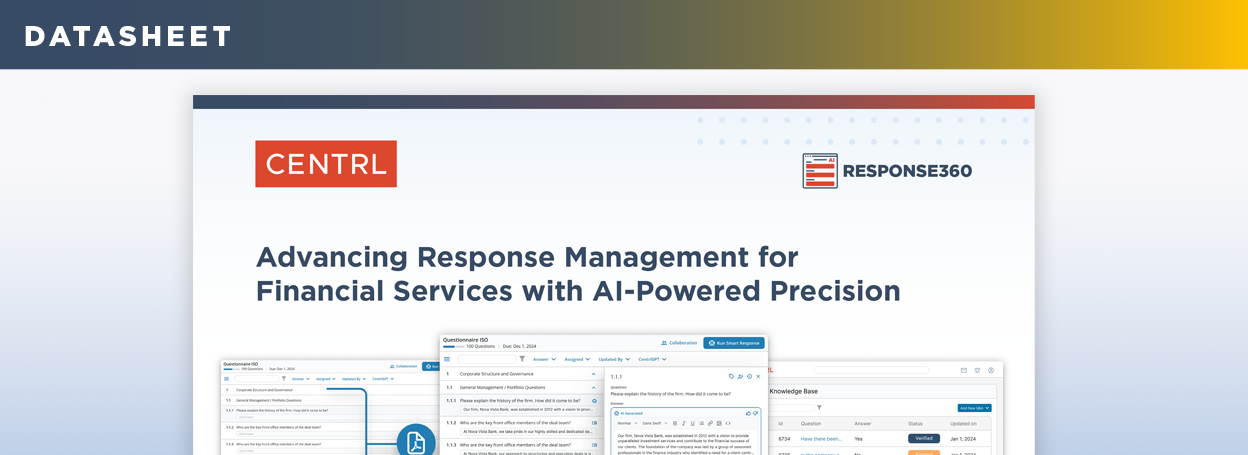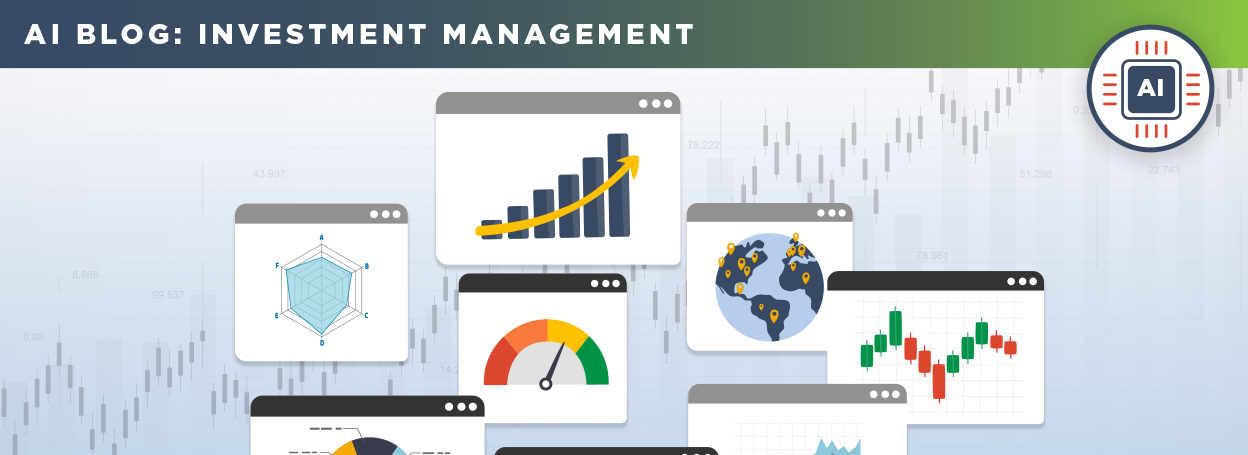AI Agents in Diligence: A Look At The Future of the Industry

AI Agents in Diligence: A Look At The Future of The Industry
The era of artificial intelligence is barely two years old, yet the transformation it has triggered across industries is nothing short of revolutionary. Since OpenAI launched ChatGPT in November 2022, generative AI has moved from a niche interest to a mainstream force, reshaping just about everything. But while most of the world is still grappling with the first wave of AI adoption, a second, even more profound shift is quietly underway: the rise of AI Agents.
If you’re not following AI news daily, you might not realize just how big a deal this is. While generative AI models like ChatGPT were the spark, AI Agents represent the fire—a leap in functionality and autonomy that is poised to reshape entire workflows, especially in data-heavy, process-driven industries like investment management.
From AI Applications to AI Agents
To understand the significance of this shift, we need to draw a line between first-generation AI applications and AI Agents.
AI applications, like most chatbots and productivity tools powered by large language models (LLMs), are impressive. They can answer questions, summarize documents, and draft emails. But they operate within narrow constraints. Their place in the workflow is pre-defined. They’re invoked for specific tasks, and their output is only as useful as the surrounding human or software infrastructure that catches and carries it forward.
AI Agents, on the other hand, are not just smarter tools—they are autonomous digital collaborators.
They don’t just respond; they act. They don’t just generate; they plan. They don’t just complete one task; they navigate entire workflows, determine the necessary steps, select the right tools, and execute—often with minimal or no human intervention. That’s not an incremental improvement. That’s a shift in paradigm.
What Makes AI Agents Unique?
AI Agents are powered by the same LLMs behind tools like ChatGPT, but their design gives them three powerful capabilities that make them much more dynamic and useful in real-world business environments:
1. Reasoning and Planning
At the heart of the Agentic model is autonomous reasoning. AI Agents are able to disaggregate a complex objective into its component parts. Just like a human analyst might break a project into phases, assess dependencies, and decide which tools or data are needed, so too can an AI Agent.
This planning ability allows the Agent to think through a task before attempting it. It can determine:
- What needs to be done
- In what sequence
- What resources are needed
- When to ask for help or input
This is what enables Agents to handle complex, multi-step workflows that would overwhelm traditional AI apps.
2. Tool Use and Integration
Another key differentiator is the Agent’s ability to invoke external tools and systems dynamically. This isn’t just about plugging into an API. Agents can reason about which tool to use, when, and how, and then interpret the results to decide the next course of action.
For example, in a diligence setting, an Agent could:
- Access internal research portals
- Scrape regulatory filings from the SEC
- Run portfolio risk analytics
- Retrieve internal policies or manager history
- Compose an internal memo for a committee review
And it can do all of that in sequence, with each step informed by the last. It’s as if you had a junior analyst who could search, analyze, synthesize, and communicate—all in a single, automated loop.
3. Persistent Memory and Context Management
Unlike narrow AI tools that operate on a single prompt-response loop, Agents can maintain context over time. This gives them a kind of working memory, allowing them to manage long-running tasks, revisit earlier decisions, and remain consistent across steps.
This persistence allows AI Agents to act like real collaborators. They can remember key preferences, past interactions, internal terminology, and project history—essential features in high-stakes, regulated domains like investment management.
AI Agents in Diligence: It’s A Game-Changer for Investment Management
The world of diligence, particularly in investment management, is a perfect use case for Agentic workflows. Why? Because the process is complex, high-volume, highly regulated, and often repetitive—yet it requires deep reasoning and domain expertise.
Both sides of the diligence process—allocators conducting due diligence and asset managers responding to it—stand to benefit immensely from Agent-driven workflows.
Let’s explore how AI Agents could reshape the diligence lifecycle from both perspectives.
The AI Diligence Analyst (Allocator Use Case)
For diligence teams at wealth managers, pension funds, endowments, or consultant firms, the job typically includes:
- Gathering and synthesizing vast amounts of data from managers
- Assessing risk across multiple dimensions (operational, investment, compliance, ESG, etc.)
- Performing ongoing surveillance
- Writing and updating investment committee reports
- Responding to regulatory or internal audit queries
This is where an AI Diligence Agent shines.
Imagine an Agent trained on your firm’s investment philosophy, risk frameworks, reporting formats, and compliance requirements. With the right access, this Agent could:
- Automatically parse and extract key data from DDQs and manager documents
- Check for missing information or inconsistencies
- Compare new submissions against historical data or benchmarks
- Scrape public filings and third-party data for triangulation
- Flag potential red flags or deviations from internal standards
- Generate a first draft of a due diligence report tailored for internal stakeholders
- Continuously monitor and update existing manager reviews over time
And all of this can be done in hours, not weeks.
With human analysts reviewing and validating at critical decision points, the Agent becomes a trusted partner—doing the heavy lifting while freeing up the team for higher-order judgment and relationship management.
The AI Response Agent (Manager Use Case)
Now flip to the asset manager’s side. Handling diligence requests is a major time and resource drain. Teams are often buried in spreadsheets and documents, responding to hundreds of DDQs, RFIs, ESG surveys, and ad hoc queries.
Enter the AI Response Agent.
Properly trained, this Agent can:
- Automatically respond to incoming DDQs and questionnaires, leveraging existing content libraries
- Personalize responses based on who is asking (allocator profile, prior engagements, known concerns)
- Maintain version control and a record of past submissions
- Prepare for onsite due diligence meetings by summarizing key talking points
- Align tone and content to brand and compliance guidelines
- Collaborate with compliance or legal reviewers to finalize responses
Just as importantly, the Agent can improve with each interaction, refining how it responds and what it prioritizes.
The result? Better response quality, faster turnaround times, and more time for your team to focus on relationship-building and alpha generation.
What’s Next? A Gradual But Inevitable Evolution
To be clear, this is just the beginning.
The AI Agent ecosystem is evolving rapidly. Open-source platforms like LangChain and AutoGen are enabling more flexible and powerful agent architectures. Vendors are embedding Agents into verticalized tools. New frameworks are emerging to monitor, control, and evaluate Agent behavior—critical for trust and reliability in sensitive industries.
Yet despite the speed of innovation, the investment management industry will likely adopt Agentic tech gradually—and with good reason.
This is a heavily regulated, high-trust domain. Missteps carry reputational and legal risk. As a result, early deployments will focus on internal use cases with human-in-the-loop oversight, tight governance, and incremental scaling.
But make no mistake: the train has left the station.
Consider the following trends:
- Operational pressure on diligence teams is rising, especially as allocator demands increase and new regulatory regimes (like ESG disclosures or outsourcing rules) take hold.
- Talent is scarce— and junior staff often churn due to the manual nature of the work.
- Data complexity is exploding, with more sources, formats, and questions than ever.
- Allocators are seeking more transparency, not less, in both public and private markets.
Against this backdrop, AI Agents offer not just efficiency, but a path to higher accuracy, consistency, and responsiveness.
Preparing for the Agentic Future
This blog only scratches the surface of what AI Agents can do for diligence professionals. But one thing is clear: the combination of autonomous reasoning, tool use, and persistent memory makes them far more than a chatbot.
They are an entirely new way of getting work done.
For diligence teams—whether allocator or manager—the opportunity is to explore how these digital coworkers can support your mission: mitigating risk, increasing transparency, and making better investment decisions.
We believe that firms that begin experimenting now—through sandbox environments, pilot programs, and internal training—will be better positioned to lead as adoption accelerates. Whether you’re revamping your DDQ response process or streamlining internal reporting, AI Agents can give your team a critical edge.
So yes, the future is arriving fast. But you don’t have to be left behind. The smart move? Start preparing for your first Agentic hire.


